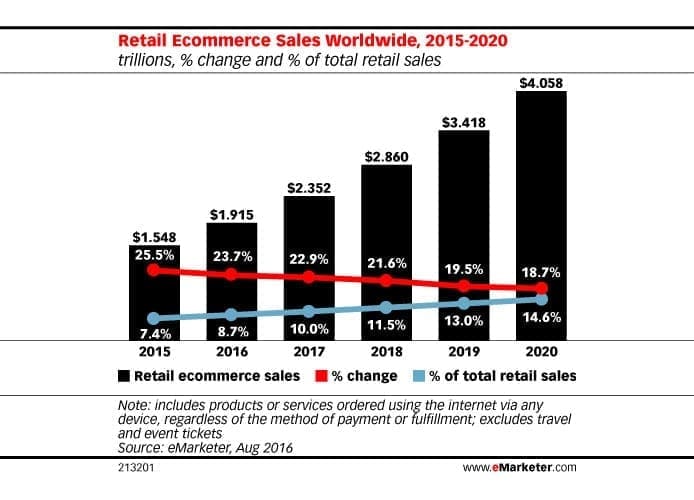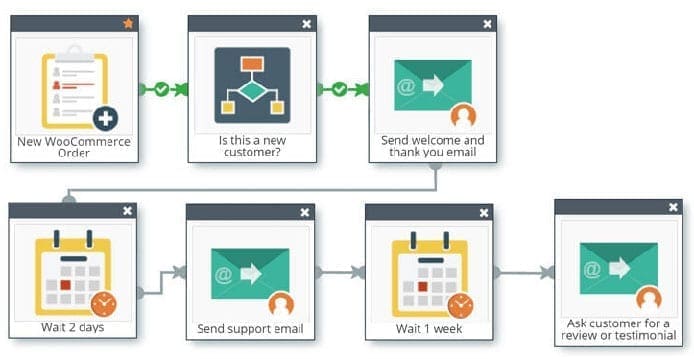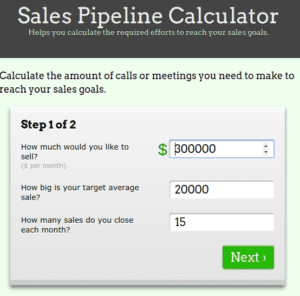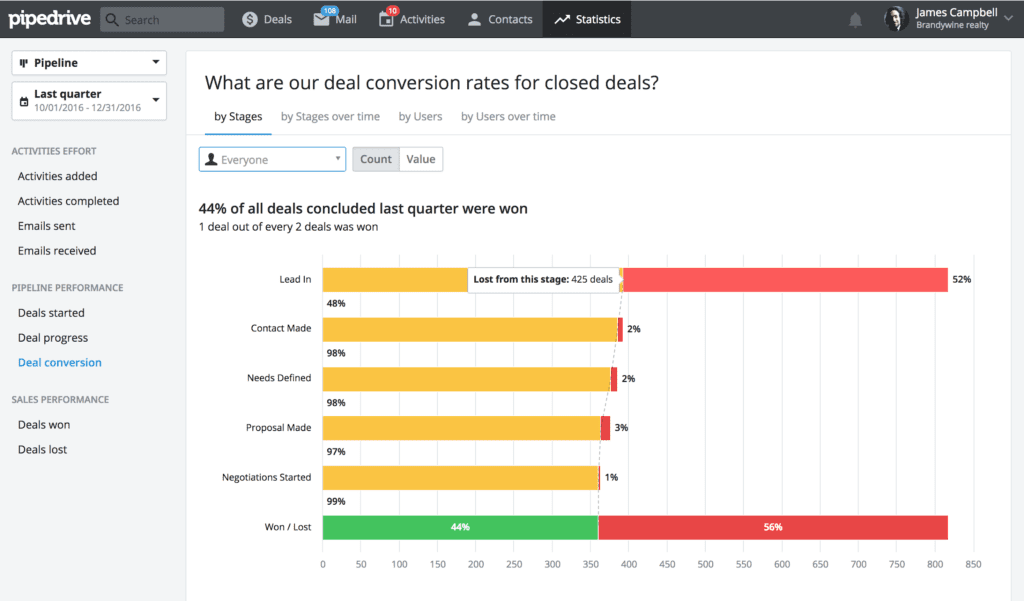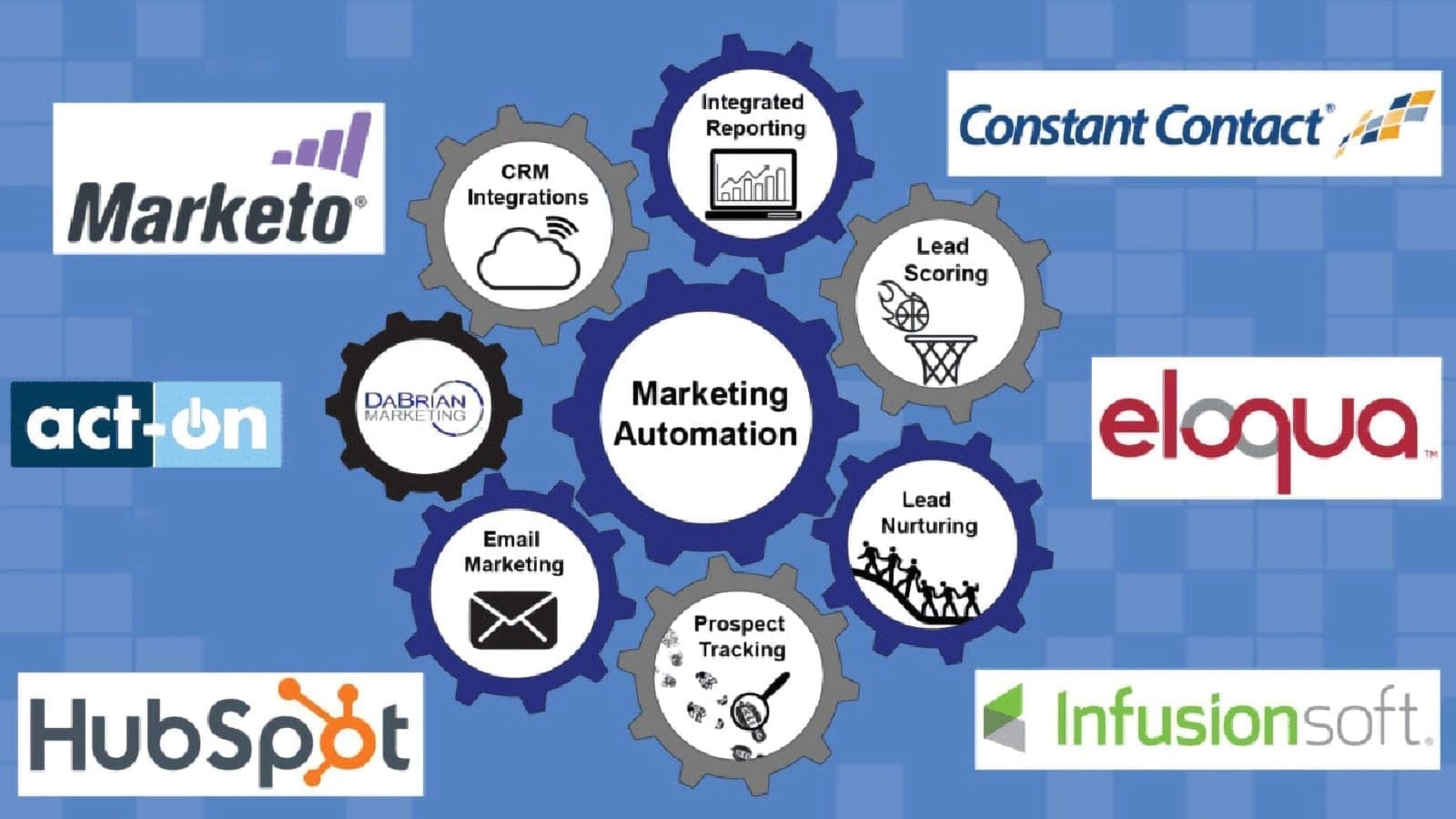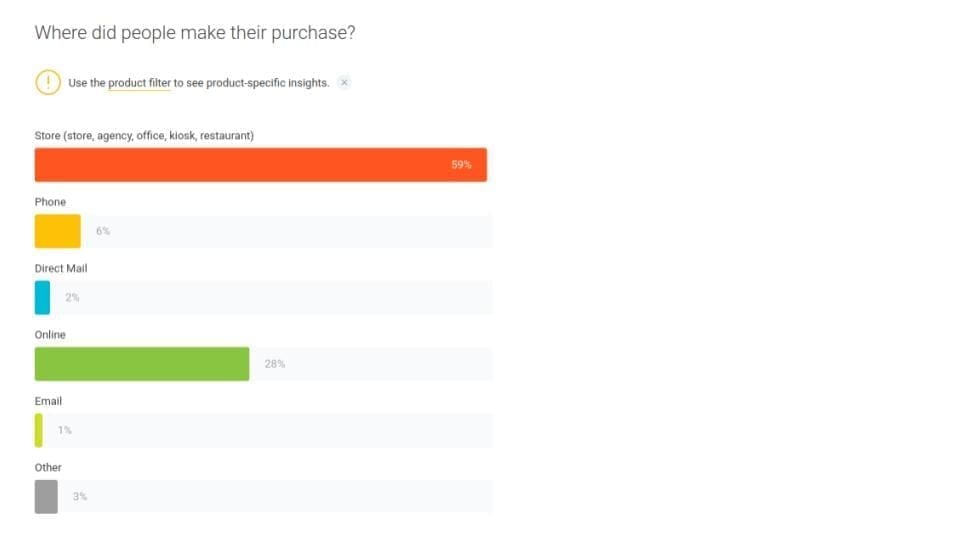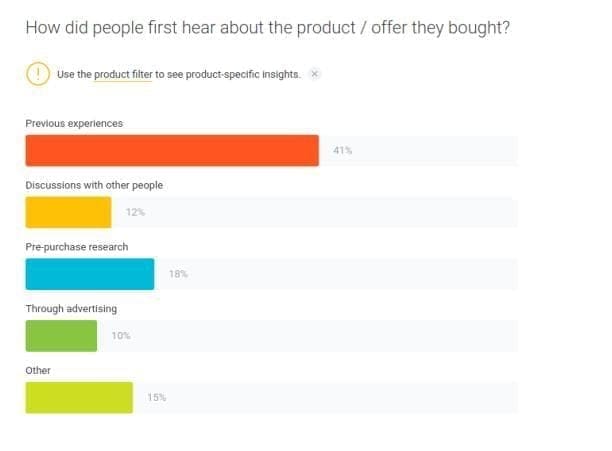It’s the end of 2018 and we are having a number of discussions with potential prospects and customers to plan for the New Year. What we are noticing is many of our customers & prospects don’t have high levels strategies, goals, objectives, and metrics for 2019. A few prospects don’t have projected budgets for 2019 but have big goals for the New Year. Of course, that’s why they came to us for help. Below are a few ideas to help move you towards the desired marketing budget with metrics to back them up.
Set Achievable Goals with a Budget to Fit
The U.S. Small Business Administration recommends that small businesses with revenues of less than $5 million should allocate 7-8 percent of their revenues to marketing. This percentage is based on a margin range of 10-12 percent. For small businesses, I would use 7-8 percent to start with this recommendation for your 2019 marketing budget. I use the marketing budget by industry from The CMO Survey and Deloitte Digital as a reference for businesses with revenues greater than $5 million.
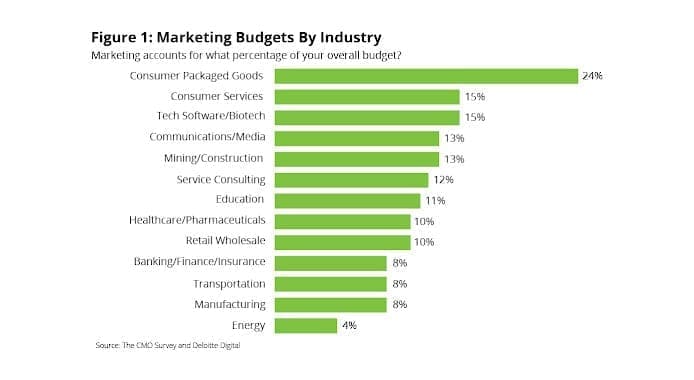
I would also recommend that you look at your historical performance such as cost per acquisition, total conversions and conversion rate. With 7% of your revenues allocated to marketing, let’s say that your cost per acquisition is $100, with 100 total conversions, and a conversion rate of 3% has been the historical performance for the past 3 years. Unless revenues have increased significantly, you can set the expectation that 8% of revenues allocated to marketing is not going to generate 300 conversions next year!
Create a Realistic Digital Marketing Strategy
Align the Marketing Tactics to Achieve Goals & Objectives
Select Your Metrics Gauge Tactical Success Wisely
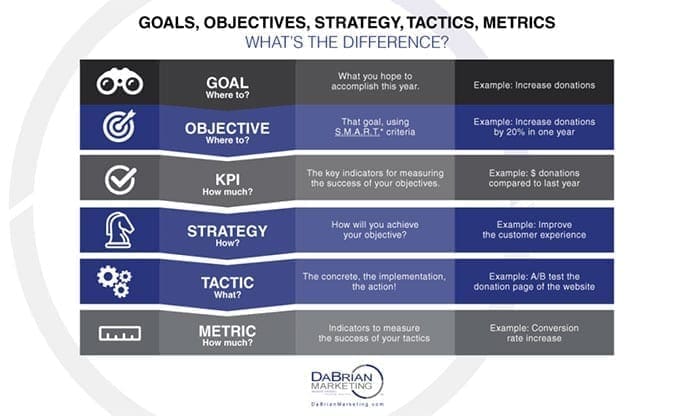
Report on the Performance, Obtain Feedback, and Recommendations
You’ve heard the saying, “what gets measured gets done!” I would recommend regular reporting (bi-weekly) to keep everyone focused and to use that information to make decisions to improve your results. Get the reporting into the inboxes of the individuals that can drive results. Schedule a standing meeting (15 minutes) to review the results, obtain feedback, and make recommendations to improve the results.
Want more?
Download our one-page business plan that helps you to prioritize your strategies, how you will accomplish those strategies, what specific tactics, metrics, goals and the anticipated results to be able to measure performance.

